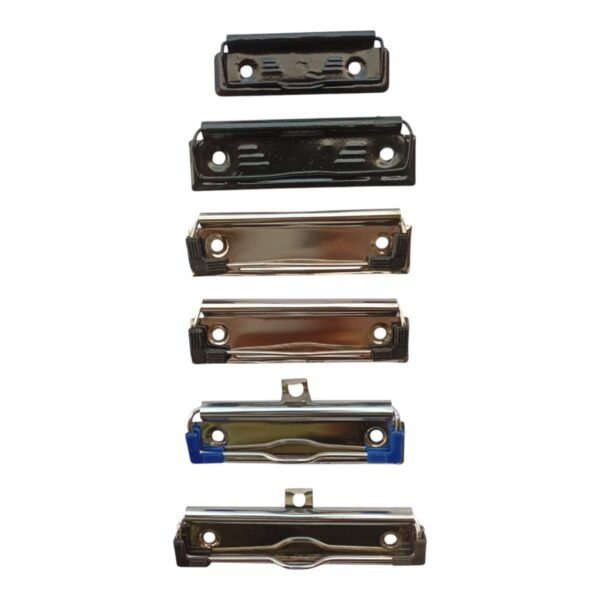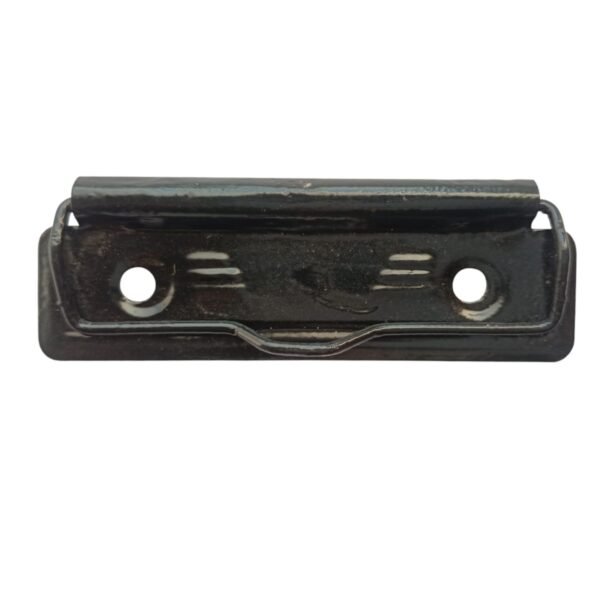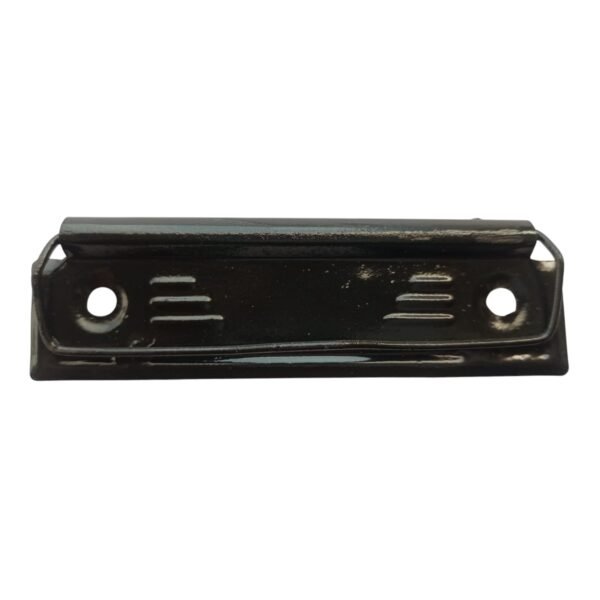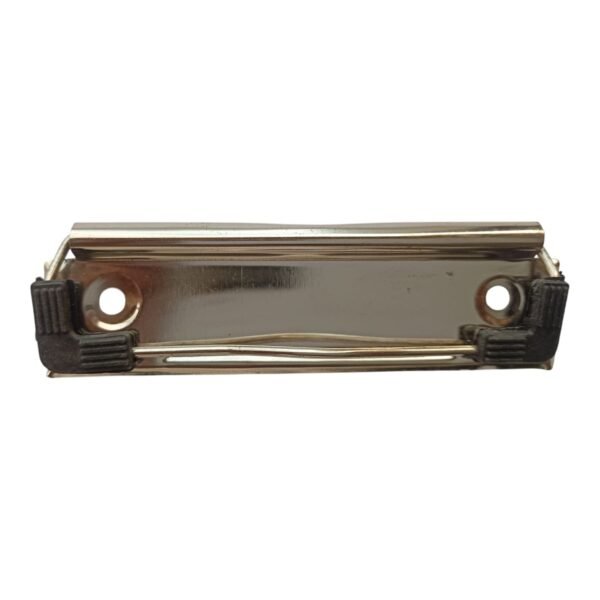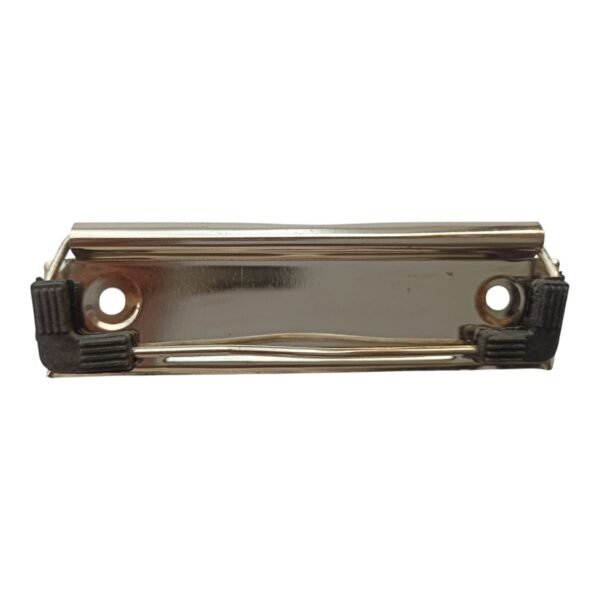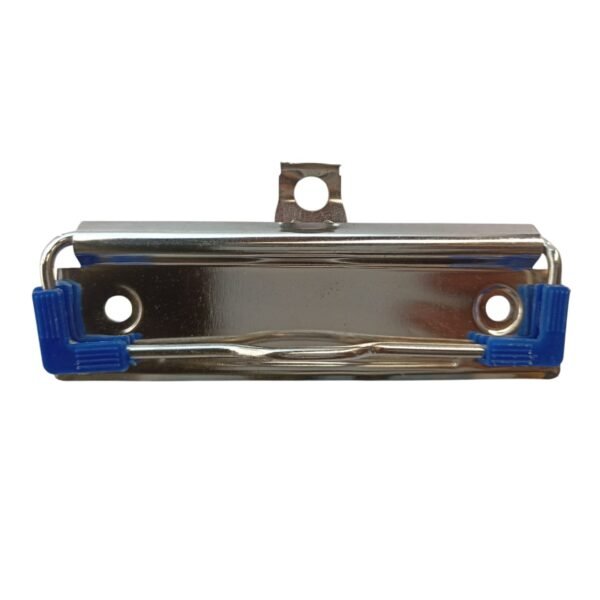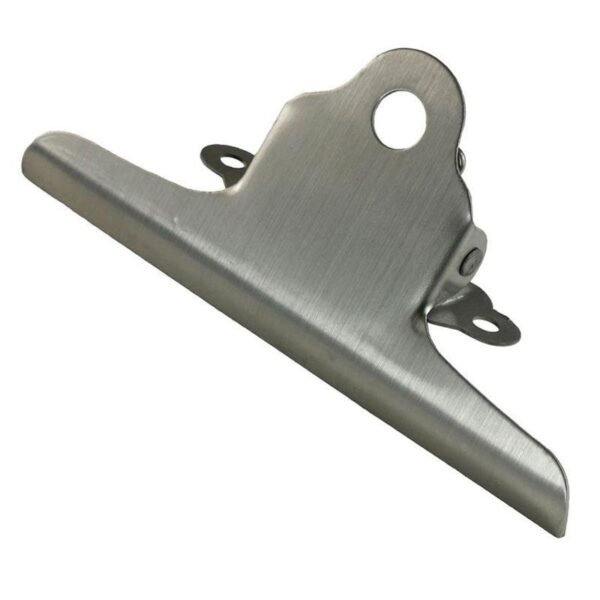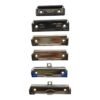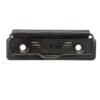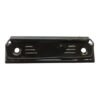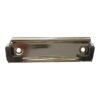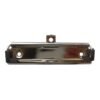Imstartrading exam pad clip – Exam Board Clip
Discover the importance of exam board clips in educational settings. These essential tools facilitate organization and management of examination materials, ensuring a smooth testing environment. Made from durable materials, our clips enhance usability and support a structured assessment process. Learn about the manufacturing process, current design trends emphasizing ergonomic and eco-friendly options, and how technology is reshaping the industry. As educational systems evolve, exam board clips are adapting to meet modern demands, offering customizable solutions for institutions focused on sustainability and functionality. Explore how our innovative products can enhance the examination experience for both students and educators.
Description
The Evolution of Exam Board Clip Manufacturing: Trends and Innovations
Introduction to Exam Board Clips
Exam board clips are essential tools widely utilized in educational settings to ensure the effective organization and management of examination materials. These clips serve the primary purpose of securely holding exam papers in place, thereby facilitating a smoother examination process for both educators and students. By maintaining the integrity of the assessment materials, they help to prevent any disruption during the examination, which is crucial for maintaining a fair testing environment.
The importance of exam board clips extends beyond merely securing papers; they also contribute to the overall organization of assessments. Educators often rely on these clips to streamline the process of distributing and collecting exam papers, as well as to simplify the review process once the assessments are completed. A well-designed exam board clip can enhance the efficiency of exam administration, reducing the risk of lost or misplaced papers, and supporting a more structured examination environment.
In terms of materials and designs, exam board clips are typically made from durable materials such as plastic, metal, or a combination of both. These materials are selected for their strength, flexibility, and resistance to wear, ensuring that the clips can withstand the rigors of frequent use. Various designs are available, each catering to different needs and preferences. Some may feature adjustable grips to accommodate various paper sizes, while others may include additional features such as built-in labels or colors for easy identification. As an exam board clip manufacturer, understanding the trends in materials and design innovations is essential for meeting the demands of the educational sector.
Ultimately, the evolution of exam board clips reflects the ongoing commitment to improving the examination experience for students and educators alike. By prioritizing functionality and usability, the exam board clip manufacturer can play a pivotal role in shaping the future of assessment organization.
The Manufacturing Process of Exam Board Clips
The manufacturing process of exam board clips is a multifaceted operation that involves a series of well-coordinated steps aimed at ensuring the durability and reliability of the final product. The process typically begins with the selection of raw materials, which can include a variety of plastics and metals. Depending on the design specifications and intended use of the exam board clips, manufacturers may choose materials that offer optimal strength, flexibility, and resistance to environmental factors.
Once the appropriate materials have been selected, the manufacturing process encompasses several techniques such as molding, cutting, and finishing. Molding is often the initial step where raw materials are heated and shaped into the desired form. This technique is particularly common with plastic exam board clips, where injection molding allows for the mass production of items with complex shapes and designs. For metal clips, processes like die casting or stamping may be utilized to achieve precision components.
Following the molding process, the clips undergo cutting to refine their shapes further. This usually involves trimming excess material and ensuring that each clip meets predetermined dimensions. The finishing stage then adds the final touches, which may include surface treatment, painting, or the application of protective coatings. These are essential steps to improve the aesthetic appeal, corrosion resistance, and overall product quality.
Moreover, quality control is a critical aspect throughout the manufacturing process. Exam board clip manufacturers follow strict industry standards to ensure that each clip meets durability requirements and performs reliably under various conditions. Regular inspections and tests are conducted at different production stages to mitigate defects and maintain high-quality output. This attention to detail not only enhances product integrity but also fosters brand trust among users.
Current Trends in Exam Board Clip Design
The exam board clip manufacturing industry has witnessed significant transformation in recent years, driven by a myriad of factors including user comfort, environmental concerns, and personalized experiences. One of the most prominent trends is the development of ergonomic shapes designed to enhance usability. Ergonomically designed clips not only provide better grip but also reduce hand fatigue during prolonged usage, making them particularly beneficial for both students and educators during examinations. Manufacturers are increasingly prioritizing the comfort of users, recognizing that a well-designed clip can contribute directly to the efficiency of the examination process.
Another noteworthy trend in the field involves the adoption of eco-friendly materials. As institutions become more environmentally conscious, the demand for sustainable products has surged. Current exam board clip manufacturers are exploring biodegradable plastics and recycled materials, thus minimizing their environmental footprint. This shift not only aligns with global sustainability goals but also caters to institutions seeking to manifest their commitment to eco-friendly practices. This trend toward sustainability reflects the broader movement within educational settings to cultivate an environment that supports ecological responsibility.
Customization also plays a pivotal role in the latest design trends for exam board clips. Institutions increasingly seek options that reflect their branding or specific requirements. Newer models offer customizable colors, shapes, and even logo imprints, allowing educational organizations to enhance their identity and foster a sense of community among students. This personal touch can significantly improve the user experience, creating a more inviting and familiar environment during assessments. The synergy of these trends—ergonomic design, eco-friendliness, and customization—demonstrates how the exam board clip manufacturer is responding to the evolving needs of modern educational settings, ultimately enhancing the overall examination experience.
Impact of Technology on Exam Board Clip Manufacturing
In recent years, the manufacturing landscape of exam board clips has undergone significant transformation due to advancements in technology. These innovations have not only enhanced the precision and efficiency of production processes but have also reduced costs, making it easier for exam board clip manufacturers to meet the growing demand for high-quality products.
One notable development is the adoption of automation in the manufacturing process. Automation technologies, including robotics and computer-aided design (CAD) systems, have revolutionized how exam board clips are produced. Automation reduces the reliance on manual labor, minimizes human error, and accelerates production speeds. As a result, manufacturers can produce larger quantities of clips in shorter time frames, which is essential in an educational environment where quick turnaround times are critical.
Moreover, the rise of 3D printing technologies has provided exam board clip manufacturers with a flexible and efficient means of production. 3D printing enables the creation of complex designs that were previously challenging to achieve through traditional manufacturing methods. This innovation not only streamlines the design process, allowing for rapid prototyping, but also facilitates customization to meet the specific needs of different educational institutions. With the capacity to produce prototypes quickly, manufacturers can conduct testing and adjustments before committing to larger production runs.
Digital prototyping is another key technological advancement impacting the exam board clip industry. By utilizing digital models, manufacturers can visualize and simulate the functionality of clips before physical production begins. This not only enhances the design process but also identifies potential issues early on, leading to improved product quality. The efficiency gained through these technological advancements has played a crucial role in reducing production costs and improving supply chain management for exam board clip manufacturers.
Future of Exam Board Clip Manufacturing
The future landscape of exam board clip manufacturing is poised at a critical juncture. As educational systems globally continue to evolve, so too must the products that support them. In this context, manufacturers are increasingly confronted with challenges relating to sustainability and supply chain management. The growing emphasis on environmentally friendly materials and production processes necessitates that exam board clip manufacturers adopt innovative practices. This demand for sustainability not only influences material choices but also impacts manufacturing methods, urging companies to re-evaluate their production strategies to minimize ecological footprints.
In addition to sustainability, supply chain issues remain a pressing concern. Global events have illustrated the vulnerabilities that can impact production. Manufacturers in the exam board clip industry must therefore diversify their sources, streamline logistics, and enhance their resilience against disruptions. This proactive approach will not only ensure uninterrupted product availability but will also enhance competitiveness in a tightening market scenario.
Despite these challenges, the future holds considerable opportunities for growth and innovation within the exam board clip sector. As educational institutions increasingly turn to technology for assessments, there is an opportunity for manufacturers to introduce multi-functional clips that cater to new educational tools and formats. For example, integrating smart technology within exam board clips could provide data on usage patterns, which could greatly enhance the educational process.
Additionally, as the trend towards customization gains traction, manufacturers can explore tailored solutions that meet the specific needs of educational clients. Embracing innovation and adaptability will be paramount for exam board clip manufacturers seeking to thrive in an ever-changing landscape. By anticipating emerging trends and aligning their strategies accordingly, manufacturers can not only meet the evolving demands of the educational market but also secure a competitive edge in the industry.
